Brown Thumb beginner
RythmSis
12 years ago
Related Stories
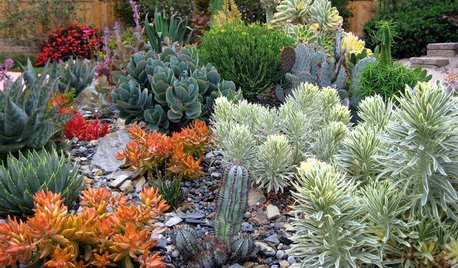
GARDENING GUIDESA Beginner’s Guide to Growing Succulents
Their easy-care reputation is well-deserved, but a little TLC will turn succulents into star plants
Full Story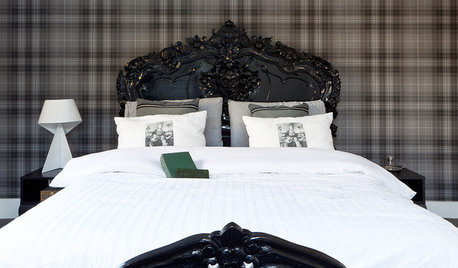
DECORATING GUIDESA Beginner’s Guide to Getting Wallpaper Right
Follow these experts’ wallcovering ideas and tips to help ensure a successful outcome
Full Story
GARDENING GUIDES10 Tips to Start a Garden — Can-Do Ideas for Beginners
Green up your landscape even if you're short on time, money and knowledge, with these manageable steps for first-time gardeners
Full Story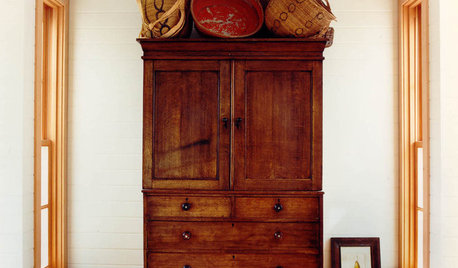
DECORATING GUIDESA Beginner's Mini Guide to Buying Antiques
Experience the thrill of the hunt without ignorance ruining the spoils, with this guide to antiquing for novice buyers
Full Story
GREENOlive Green: Sophisticated or Drab?
Thumbs Up or Thumbs Down: Are These Earthy Greens For You?
Full Story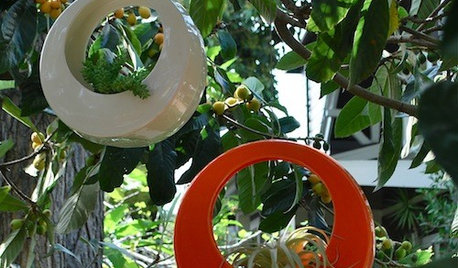
GARDENING AND LANDSCAPING40 Great Gifts for Gardeners
What to Get for Green-Thumb Types. It's a No-Gnome Zone.
Full Story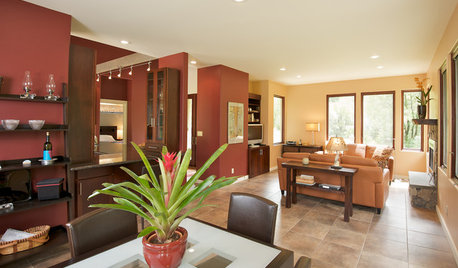
COLORHow to Use Marsala, Pantone’s 2015 Color of the Year
Pantone digs deep and goes earthy with its selection. Here are ways to make it work in your home
Full Story
PRODUCT PICKSGuest Picks: Embracing the Rich Colors of Fall
Update your home’s autumnal palette with deep aubergine, bright chartreuse and earthy brown
Full Story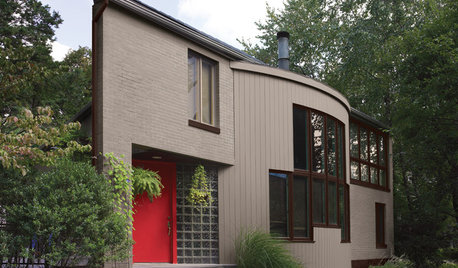
EXTERIOR COLORExterior Color of the Week: Tasteful Taupe
When you want to skip the peachy beiges and ubiquitous creams, consider this rich cool brown neutral instead
Full StorySponsored







agardenstateof_mind
agardenstateof_mind
Related Professionals
Wixom Landscape Architects & Landscape Designers · Washington Landscape Architects & Landscape Designers · Anderson Landscape Contractors · Huntley Landscape Contractors · Kerman Landscape Contractors · Lynn Landscape Contractors · Midland Landscape Contractors · Mount Kisco Landscape Contractors · East Haven Fence Contractors · Glenpool Fence Contractors · Lenexa Fence Contractors · Lincolnwood Fence Contractors · Savage Fence Contractors · Franklin Fence Contractors · Winchester Center Stone, Pavers & ConcreteRythmSisOriginal Author
RythmSisOriginal Author
agardenstateof_mind